It is often astounding to imagine that with today’s contemporary technology the average person views more images in a single day that a person living 500 years ago would see in a lifetime. Photos, videos, signs, posters, and advertising are ubiquitous in our everyday lives. The ability to make images before the modern age would have seemed like magic. To a person living in a fundamentally spiritual age it could be a life defining experience. Gothic Europe was a perfect storm of deep spirituality and the technology to create images of extreme beauty. Perhaps one of the greatest masters of this pivotal moment in art history was Jan Van Eyck.(1390-1441)
For nearly one thousand years art had been the province of the clergy and craftsmen working for the church. Architecture, manuscript illumination, stained glass and sculptures were produced as acts of piety and faith by the clerical class, and workshops hired by the church. For this reason we know very little about individual artists since almost all the works were huge projects created by teams. The church had a strict canonical monopoly on the “style guides” of artistic work. In this manner the work of the church during the middle ages was very similar to what we see today in computer game and special effects houses. Large teams of artists working under the editorial committee of the church. Deviation from the approved canon of imagery was forbidden. The advantage of this system was that by working with predetermined schema, the language of the church was universal to a mostly illiterate population. A pilgrim could travel from Milan to Manchester and be able to read the Images.
This system of icons began to be challenged in the Gothic period, the transitional time between the middle ages and the Rennaisance. Advances in technology allowed for some of the most beautiful artworks In the history of mankind. Knowledge of engineering developed towering cathedrals, metallurgy breakthroughs created masterworks of jewelry and armor, new trade routes to the east brought dyes and fabrics as well as mathematics, and most influential to the future of art, new pigments and plant oils that would lead to a tectonic shift in painting.
Prior to this time most paintings were tempera on vellum or fresco and rigidly art directed by the church canon. The new sciences beginning at the end of the 14th century brought a confluence of techniques together. Mathematical perspective, anatomy, modern pigments and most of all oil. The use of linseed oil as a vehicle to suspend pigments was as big an influence to making pictures as the camera would be centuries later. Artists now had a highly refined medium that would dry smoothly and slowly allowing them to create infinitely soft gradients and color blending effects, intricate detail, and glowing glazes and varnishes. Although artists like Cimabue and Giotto were creating innovative early Rennaisance works in Italy, these were mostly still using medieval materials specifically fresco. The artist that many consider the father of modern oil painting was Jan Van Eyck.
Living in the wealthy trade center of the Netherlands, Van Eyck was exposed to new materials and techniques from an early age as an apprenticed painter. Quickly gaining expertise and notoriety for his craftsmanship and artistry his minutely detailed works on commissioned altarpieces and private portraits eventually landed him a unique position as one of the highest paid artists in the court of Phillip the Good of France. So valued was Van Eyck that Phillip gave him creative freedom and open deadlines along with his retainer to ensure that the artist would not leave.
This may be one of the reasons there are so few Van Eyck paintings. Freed from The constraints of time, money and church oversight, Van Eyck was able to create some of the most beautiful works ever seen, becoming a master of the new oil painting medium, enthralling both the painter and the viewer for hours and days, anchored in the iconic traditions of the Middle Ages while creating masterful special effects of the Rennaisance.
Today it is easy in our daily binge of online images to become blind to how a single painting could have such an impact. It has become difficult for us to even spend time contemplating a painting for more than a few seconds. Van Eyck’s paintings defy the casual glance, they insist that the viewer spend time in contemplation of the work. The details of the worlds created pull us into their reality and engage a metaphysical world beyond ours. A non-linear story telling approach filled with layers of details. In this way today’s contemporary video game experience is not dissimilar, allowing us to engage either in details or big picture story lines, to linger on details, or create our own side stories. Imagine the next time you are immersed into your favorite MMPORG, spending an equal amount of time looking at a single painting, then we may begin to appreciate the impact these images had on both their creator and their viewers, then go spend some time with Van Eyck.
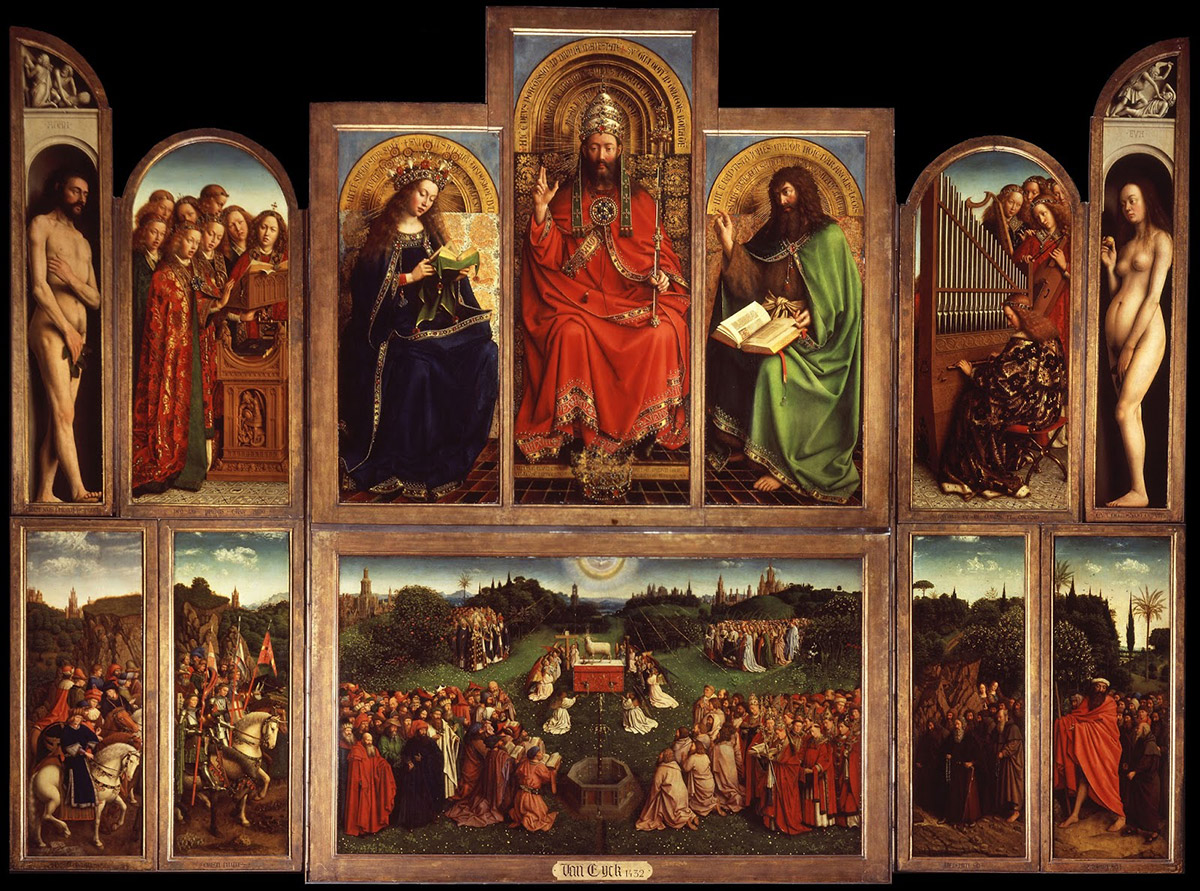 |
| Ghent Alterpiece 1432 |


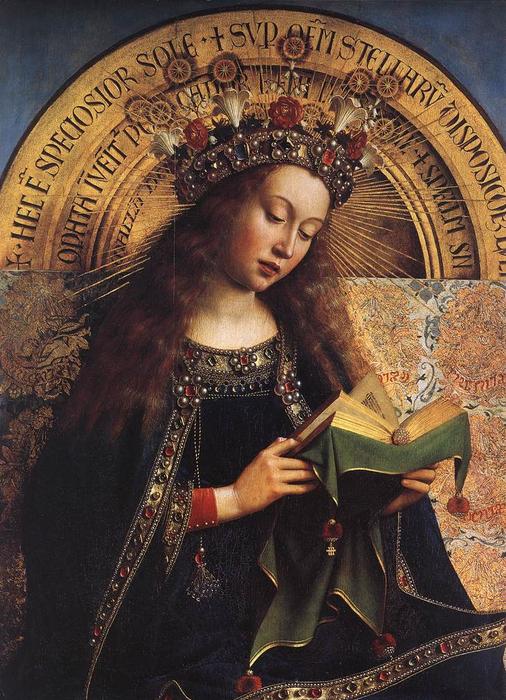

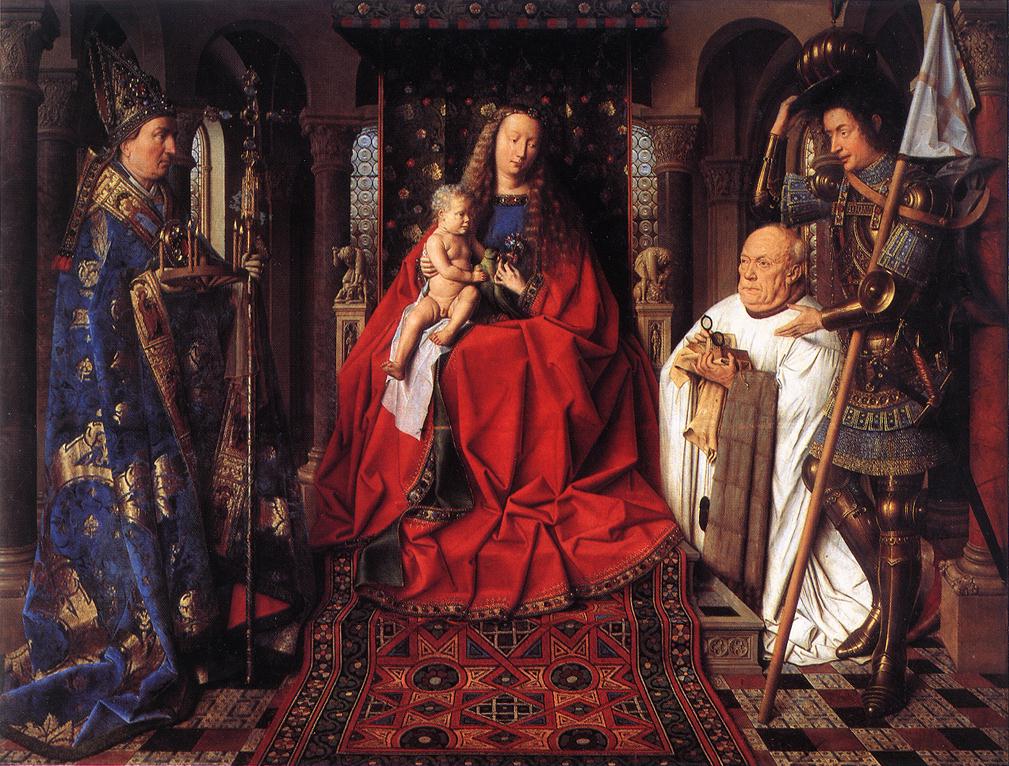
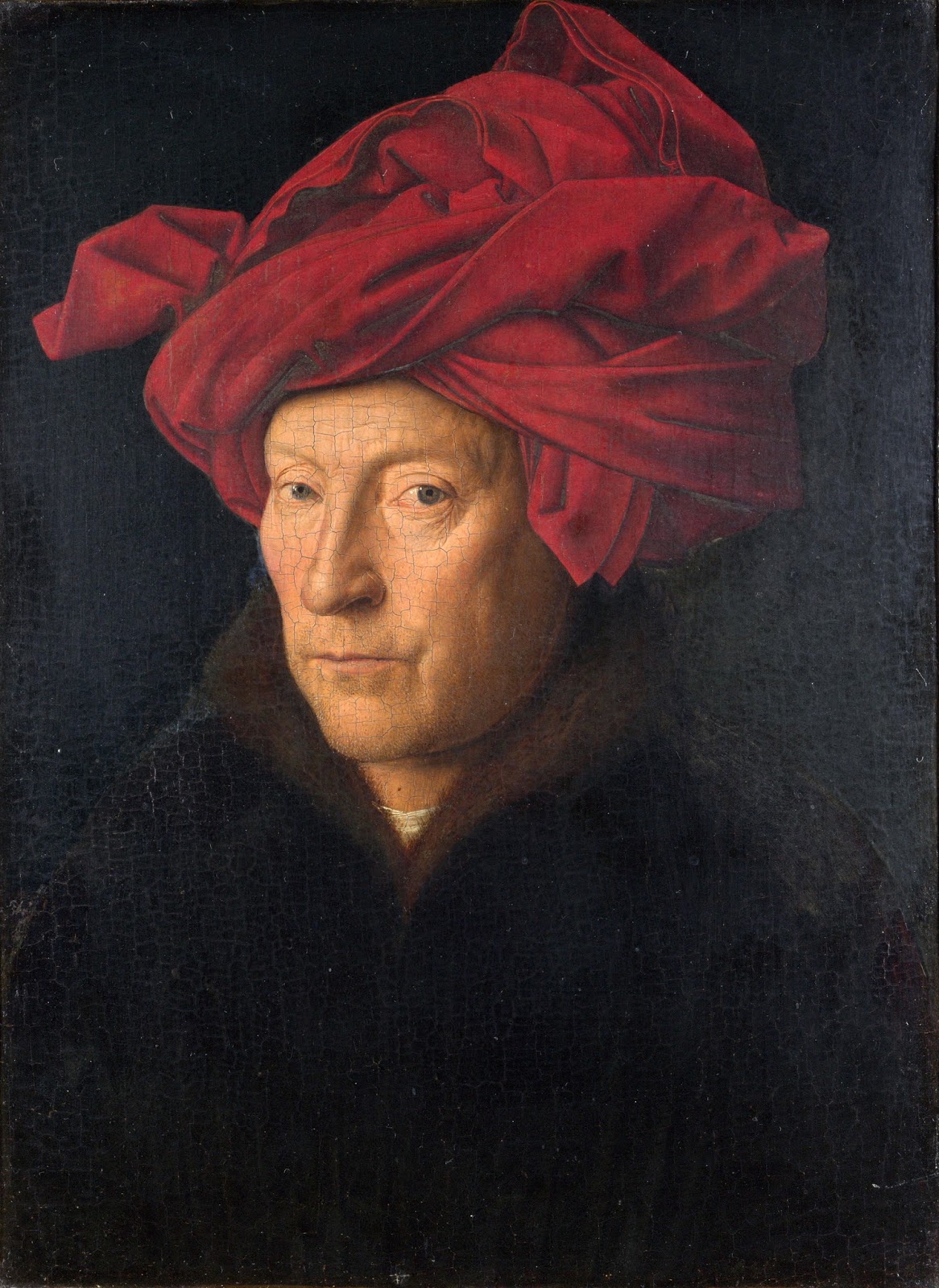
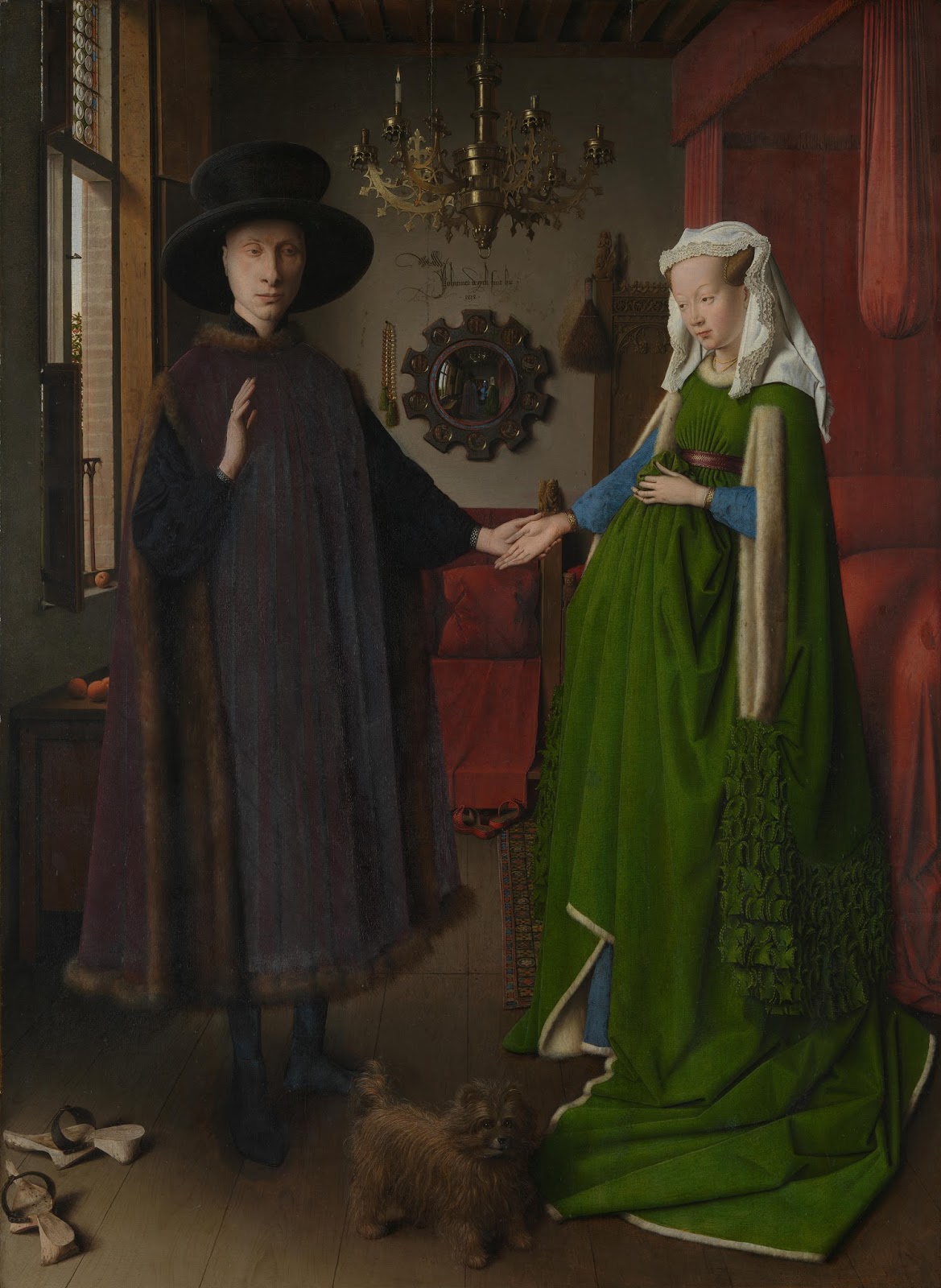
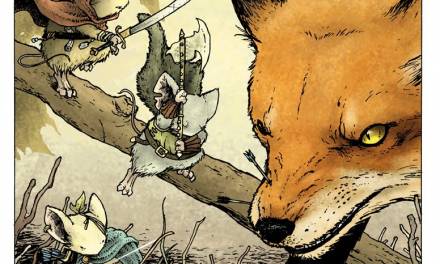
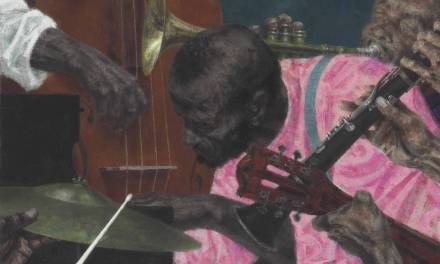
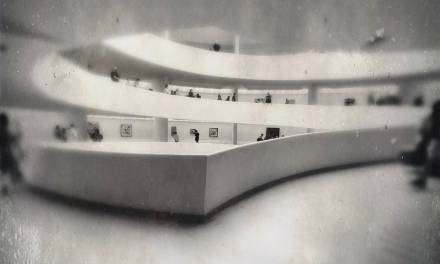
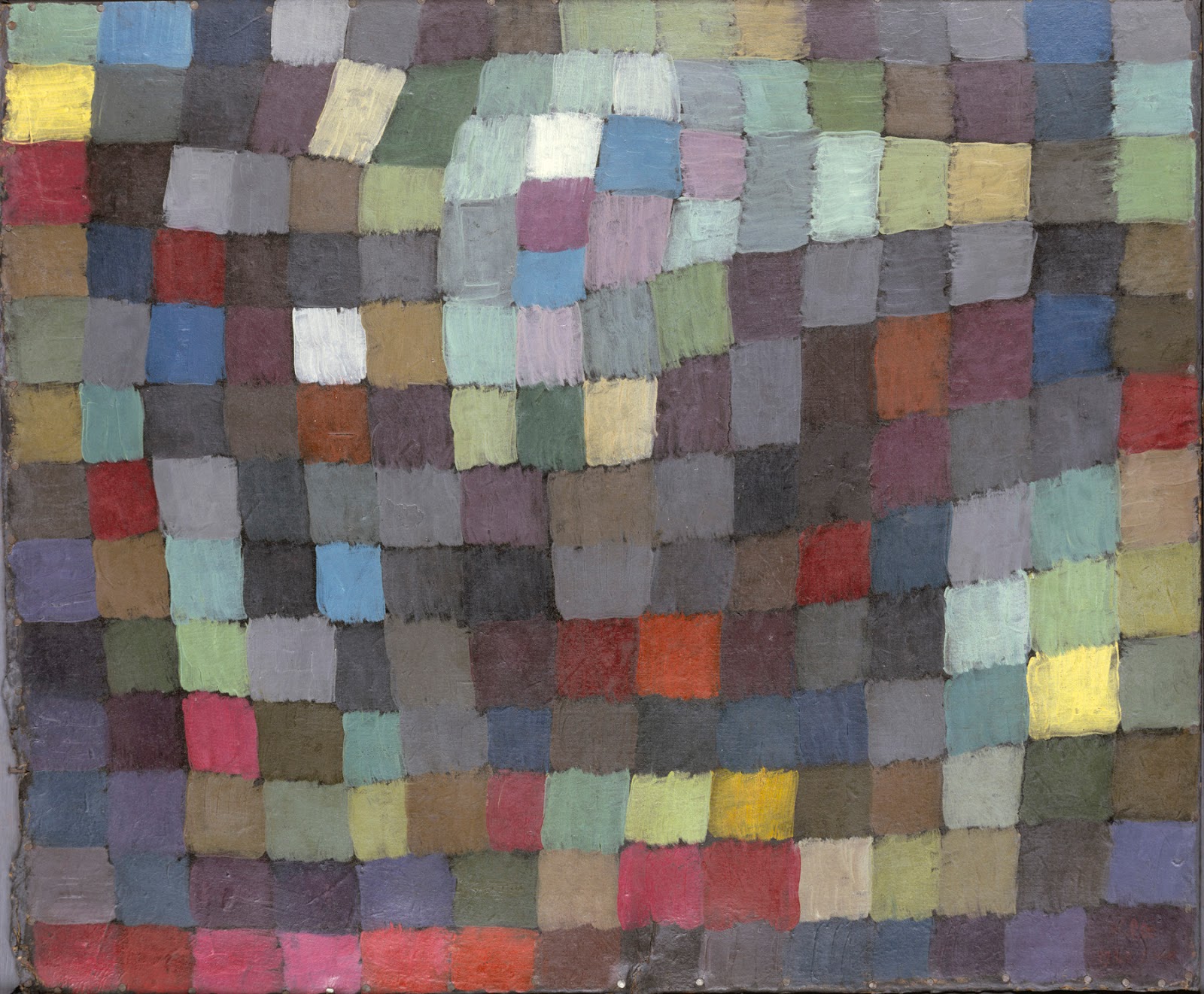

You hit me where I live. If I had to choose one pilgrimage to one piece of art it would be to Ghent to see the altarpiece. My first and last stop in the Met is always his Crucifixion and Last Judgement Diptych. In fact he is so good he could be an acrylic painter today.(Insert smiley face for those who use emoticons) Thanks for the post William.
The guy in the last pic looks like Putin
SAP WM
Warehouse Management Guide
Selection Criteria
Integration
Features
Warehouse Structure in the Warehouse Management System
Warehouse Number
Storage Type
Storage Section
Picking Area